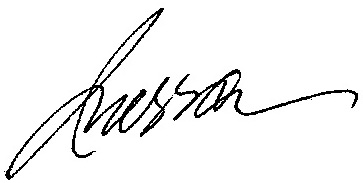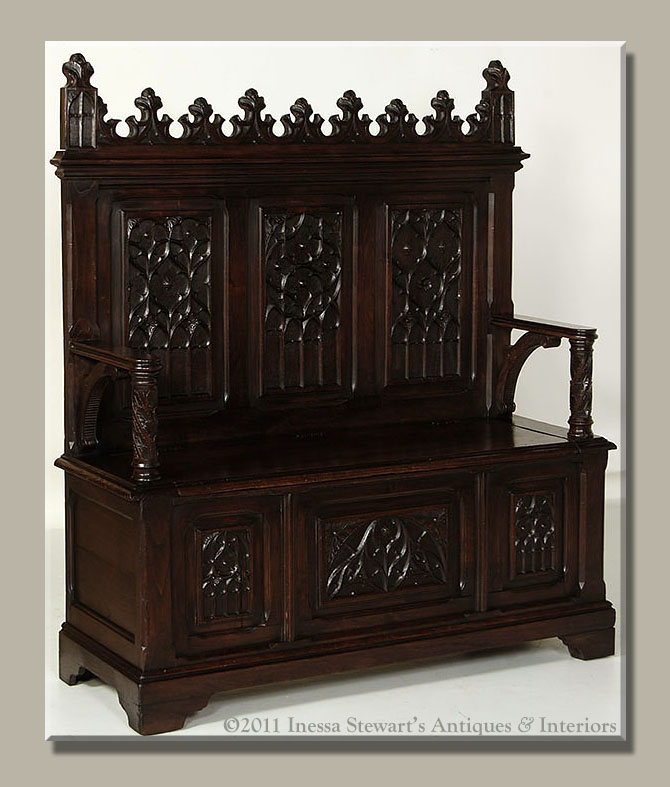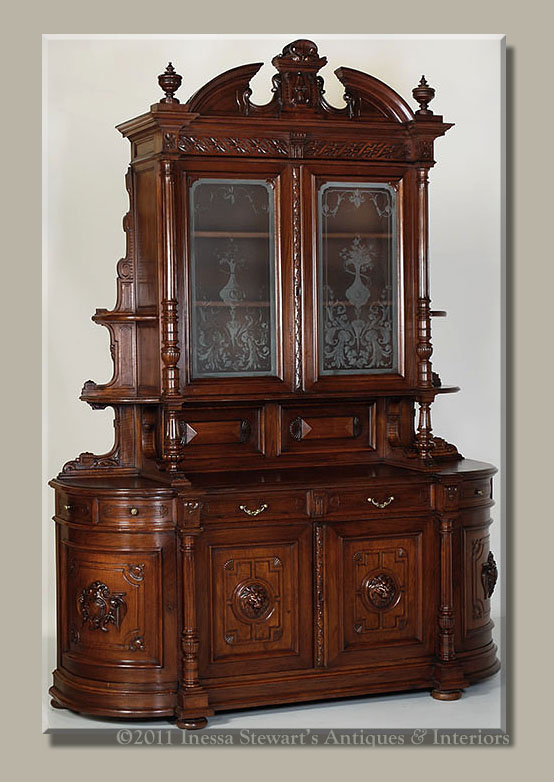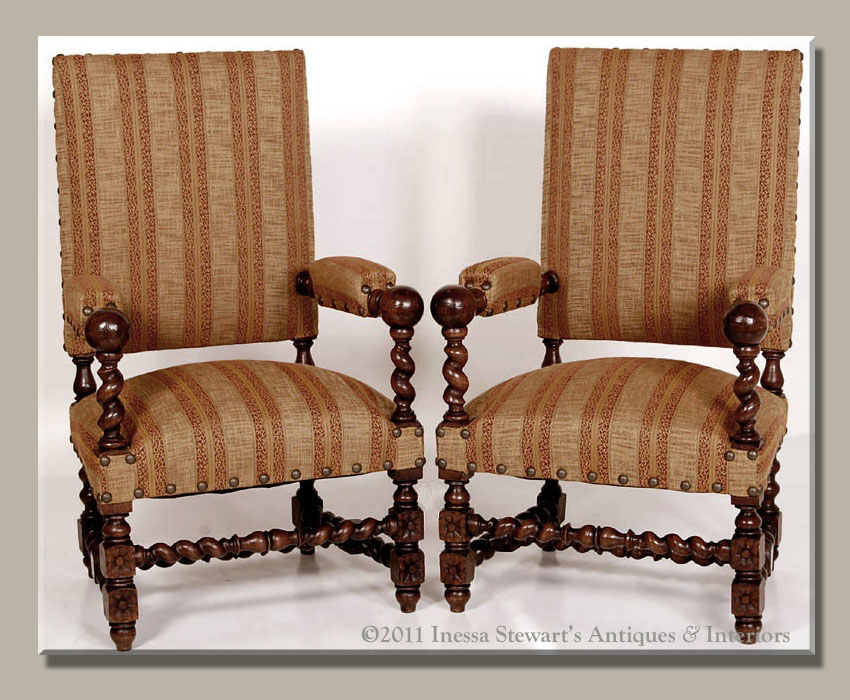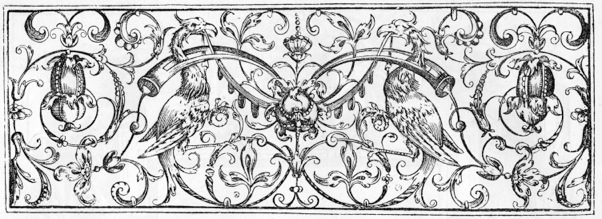 tyles of antique French furniture are as diverse as the history of France itself, therefore one cannot learn about French antiques without first delving into certain aspects of ancient history. This is part one of a four-part series overview, and following the overview we will examine each style and explore its traits and historical significance in more depth.
tyles of antique French furniture are as diverse as the history of France itself, therefore one cannot learn about French antiques without first delving into certain aspects of ancient history. This is part one of a four-part series overview, and following the overview we will examine each style and explore its traits and historical significance in more depth.
The art and antiques of France reigned supreme for centuries and were so far-reaching that it is difficult to decide which aspects to discard and which to study, so at this time I will submit highlights of each period. In later articles I will delve more deeply into the periods and examine each epoch in more detail. Shedding light on the periods and styles of French antique furniture is important as you acquire these personal treasures and discover this forever-fashionable art.
The Gothic Style
The earliest identifiable style was developed in France in 12th century, but the distinctive artifacts of that period exist only in museums and rare private collections. The style is characterized by pointed, angular arches, beveled moldings, and austere vaulted lines. In the field of architecture the flying buttress defines the Gothic style that flourished during the height of the medieval era. Most of the examples of antique Gothic furniture that we enjoy today were crafted during the 18th and 19th century, representative of a romanticized Gothic revival style that occurred centuries after its origination.
Renaissance Style
Ancient Greek and Roman designs provided the inspiration for early renaissance antique furniture. Originating in Italy, the style quickly swept over the royal palaces and courts of France. What started under the reign of Francois I was perfected and refined under the reign of his son Henri II. It was a long and distinctive period in history encompassing new directions and discoveries of art & architecture which ultimately influenced furniture styles.
Louis III Style
During the rule of Louis XIII a new style of furniture emerged, less stiff and more comfortable ~ and a lot less formal. For that reason this style remains popular today as it mixes well many other designs including the English country furniture of Jacobean and William and Mary style.
In Part 2 we’ll continue to shed light on the major French furniture styles and in future posts we will delve more deeply into each, discussing its individuality and origins. We hope you enjoy this new feature!